December 2016
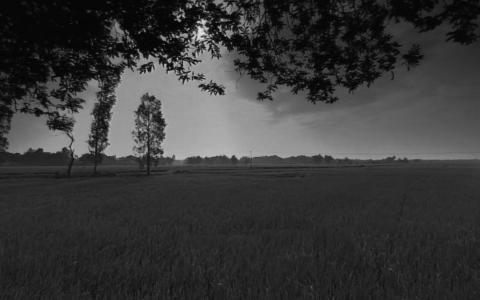
Hinduism is one of the major world religions with a following of over a billion people spread across all over the globe but largely concentrated in India. Some people don’t consider Hinduism a religion but rather a way of life or a sanatana dharma (loosely translated as ‘eternal system’). It doesn’t have a single founder nor does it have a standalone scripture; further, it has been constantly developing and evolving over six millennia. The...

A insightful talk in Sanskrit by Prof. Ashok Aklujkar on the river Sarasvati.
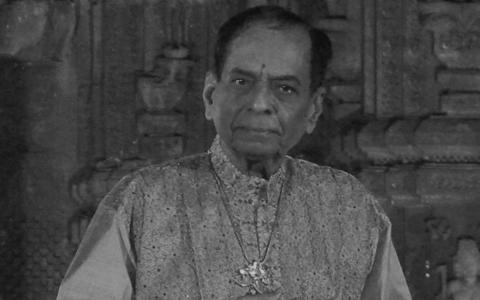
A rare interview of Dr M. Balamuralikrishna, the musical polymath, where he discusses voice culture.
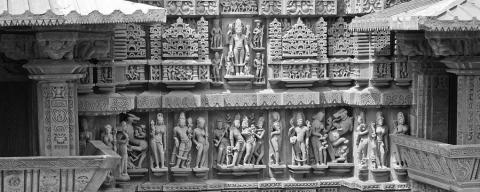
Let us focus on shrngaaraabhinaya (expression of shrngaara – love) that is based on graceful dance (laasya). Like mentioned in the previous article, delineation of female characters has been the focus of most dance forms for centuries. We are familiar with love-poems related to women and their depiction in dance. When men started performing dance based on shrngaara, some difficulties probably arose. In fact, it is rather apt for dancers to put...
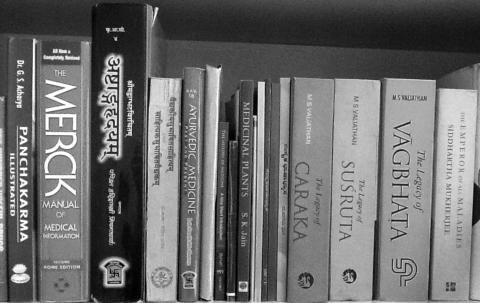
The books on Ayurveda and related topics can be largely divided into five categories based on the level of the reader – for the lay person, for the student of Ayurveda, for the Ayurvedic practitioner, for the scholar (the advanced student), and for the researcher.
The student of Ayurveda needs to acquire familiarity with Sanskrit. This is best accomplished by a study of Sri Satchidanandendra Sarasvati’s Sanskrit self-study books (Adhyatma...
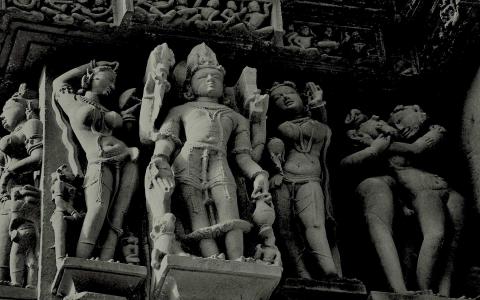
With the kind of excesses of material opulence that the golden era of Krishnadevaraya offered to people inhabiting it—with lavish homes, variety of clothing, expansive gardens, and expensive perfumes, it is only natural that this array of sensual opulence also reflected itself in the enjoyment of that other timeless ingredient: pleasures of the amorous kind.
A Celebration of Amorousness
The poets of that era wrote with a special eye on the...

Art scholars say that the two seemingly different modes of dance known as ‘maarga’ and ‘deshi’ are essentially the same. ‘Maarga’ is the realization of dance and ‘deshi’ is its application in practice. A well defined art, with a set of rules governing it is ‘shaastriya’, i.e., subscribed to a shaastra. (‘Shaastriya’ can be roughly translated as ‘classical’). It belongs to the heritage that was founded by Bharata and his predecessors such as...
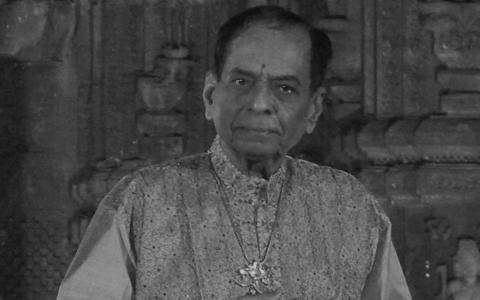
While discussing the talent of Balamurali, we have to speak in the context of his contemporaries. The examination of the value of something (or someone) is always carried out with regards to the ecosystem of which it is a part. Value examination cannot take place in a vacuum. And even then, all such evaluations are subjective. Thus it would be foolish on our part to compare Balamuralikrishna with poets like Kalidasa or Kumaravyasa. We can...
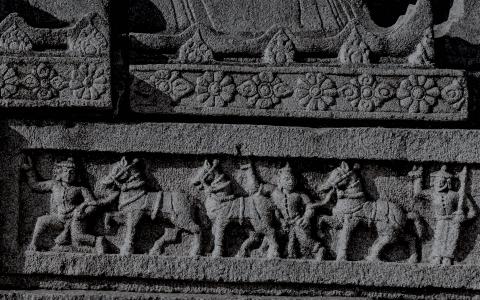
If Krishnadevaraya enjoyed a whole range of exalted honorifics like Sahitya Sangita Samarangana Sarvabhouma, Mooru Rayara Ganda, Hindu Samrajya Suratrana, Kannada Rajya Ramaa Ramana, and Andhra Bhoja, it was because he had earned them literally by his blood and sweat—not for him were tears. He was endowed with manliness in the truest sense of the word and thereby inspired it throughout his kingdom. He equally earned material wealth on an...

It is indeed a difficult task to accommodate modern themes within and to communicate them effectively the classical framework of dance. It is for this reason that artists in the past chose popular puranic and historical stories with suggestive content for presentation. Today’s artists must attempt such presentations only after having studied the classics and shaastras. If artists are not careful in what they are presenting, connoisseurs will...
